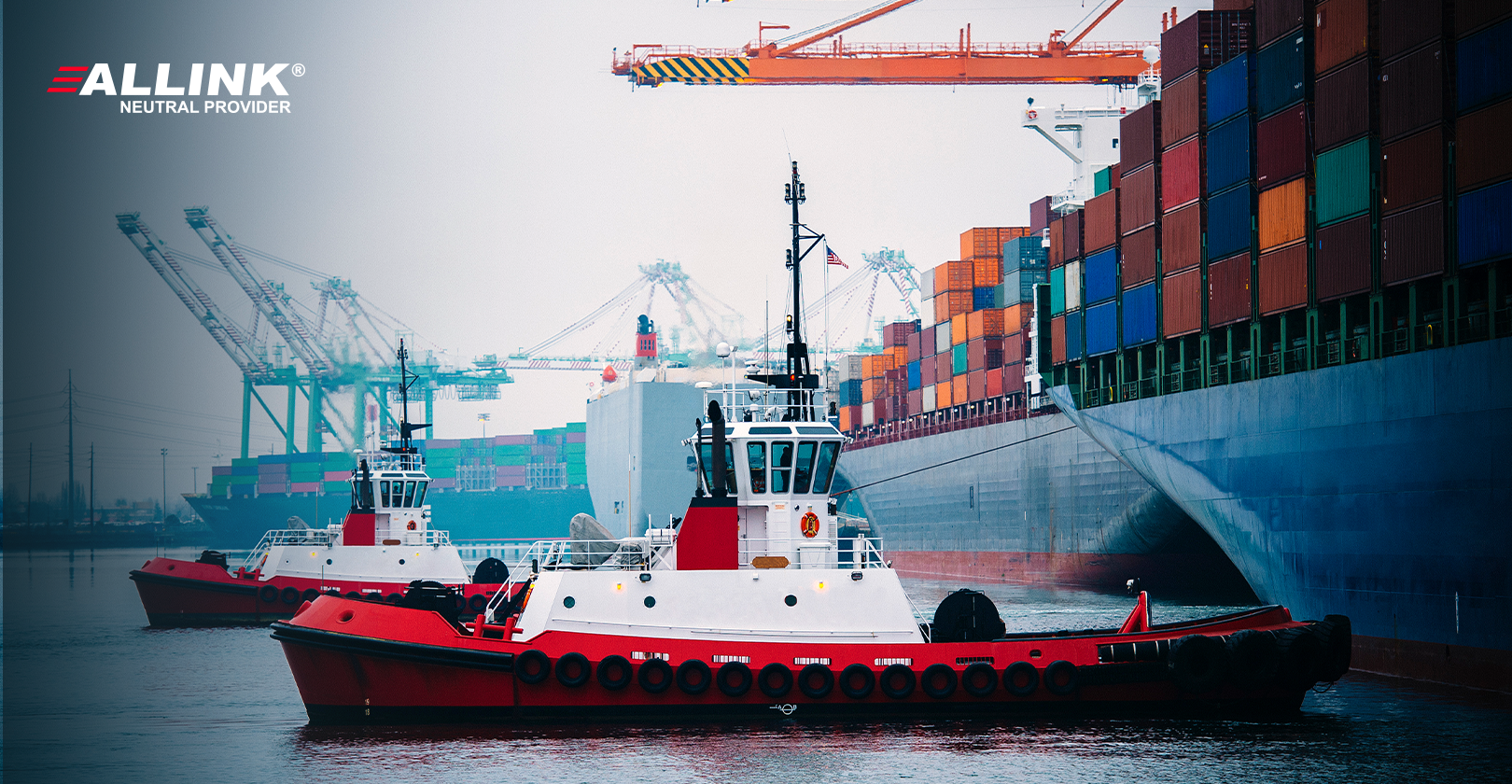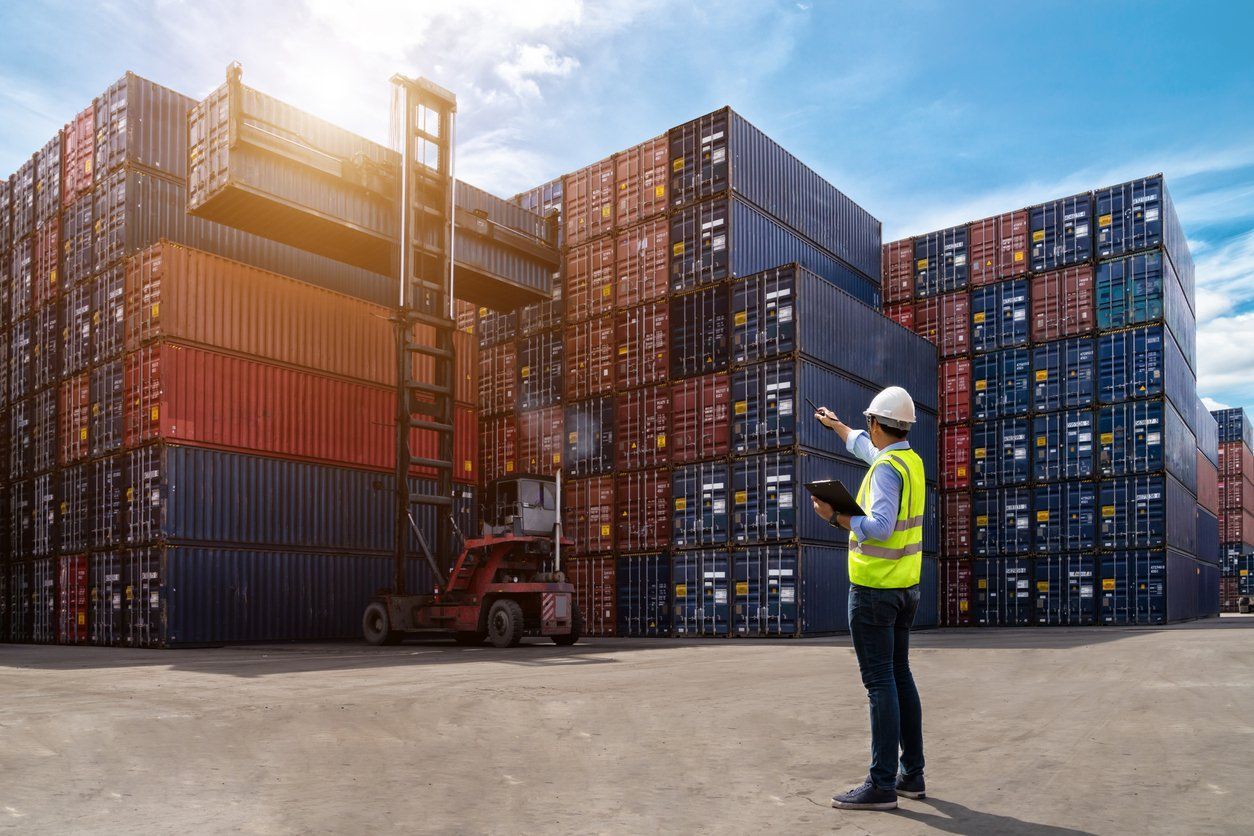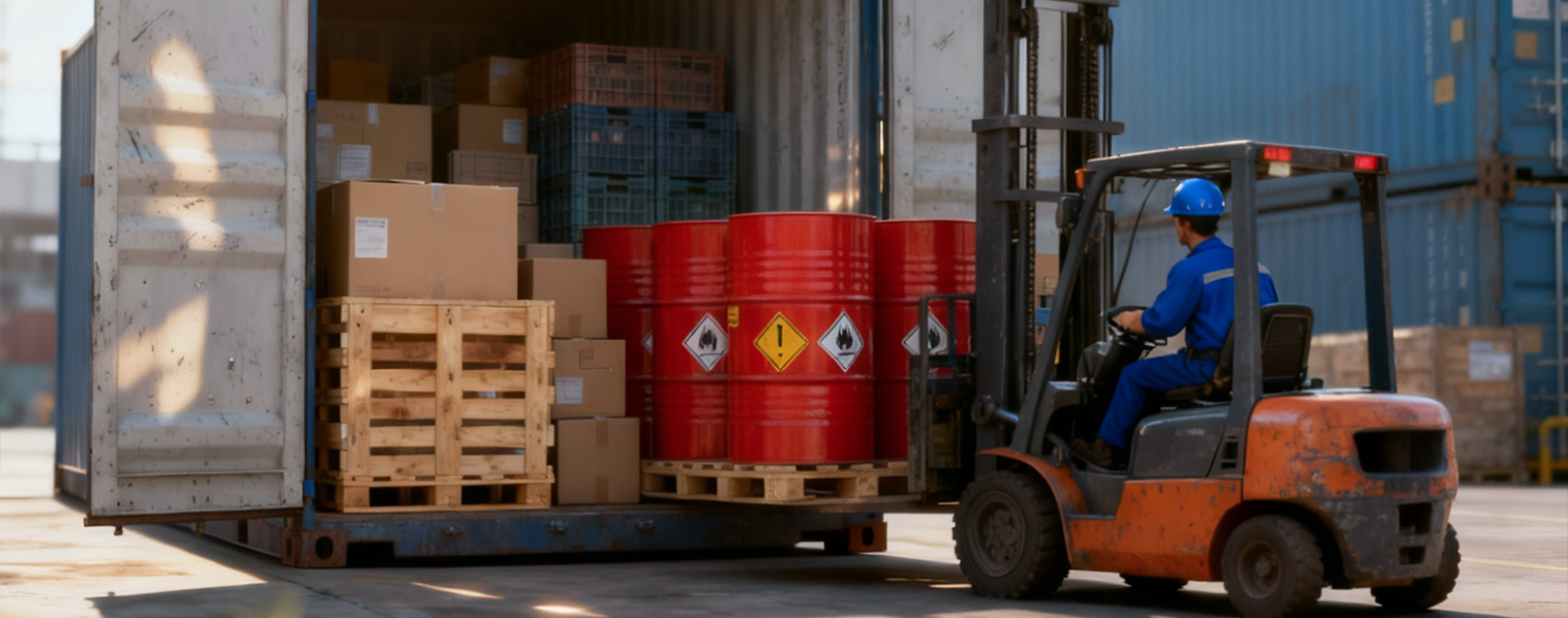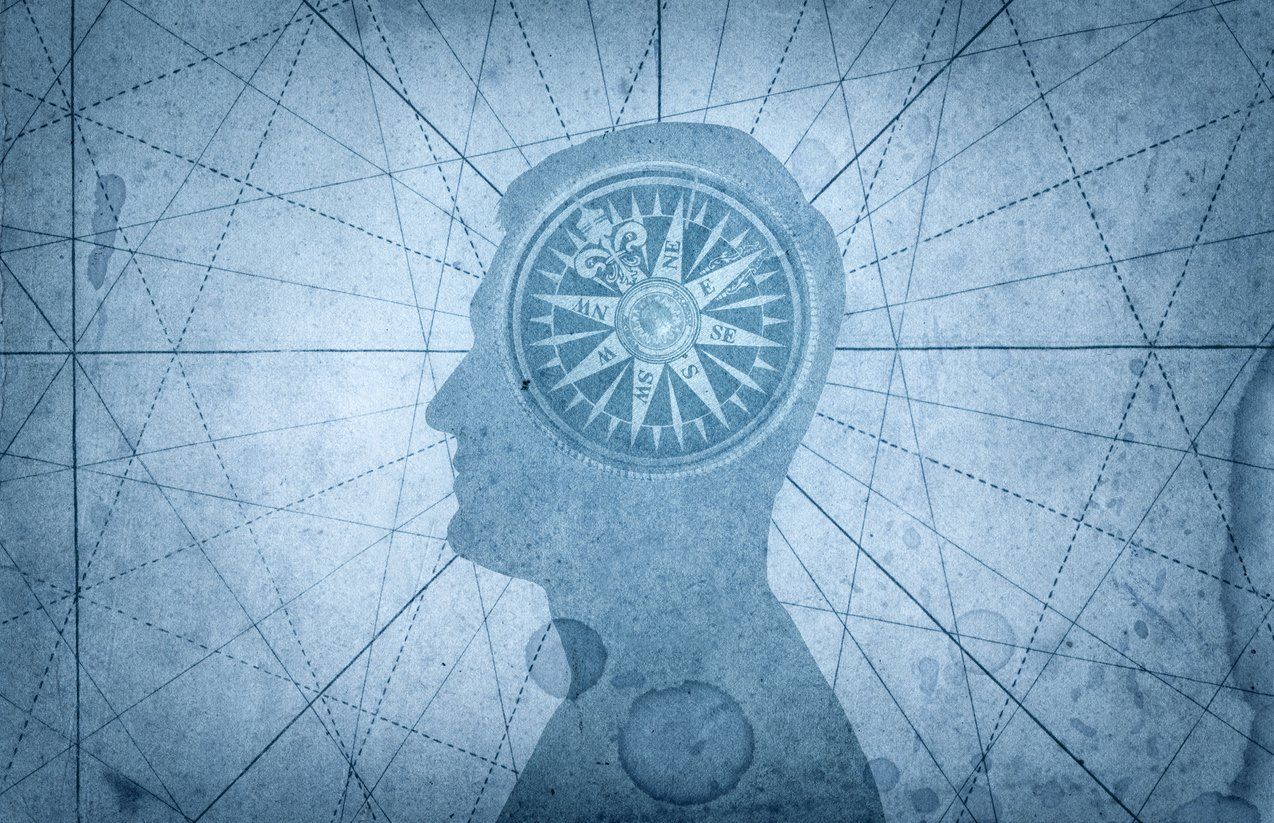
Over two centuries ago, on January 28, 1808, the opening of the ports was signed and decreed by Dom João VI. Since then, we have been able to transit between borders to other territories, as well as receive those who come from foreign lands.
Since then, we have been building the history of foreign trade in Brazil.At Allink, we are passionate about foreign trade and wanted to share this passion with others. So, between January 24 and 28, we sent our clients very special content developed by us to celebrate Foreign Trade Day throughout the week.Fortunately, this content materialized our desire to share!
Many remembered the past, were able to evaluate how much foreign trade practices have improved up to the present, and even learned about some new developments coming soon!The result was hardly different. We interviewed professionals who, besides having extensive and diverse resumes in foreign trade, are articulate, passionate about what they do, and very interesting individuals.
They brought unique perspectives on the transformations in foreign trade practices from the transition from analog to digital and the impacts of this for the present and the future. Learn more about this action and proceed to access this unique content!
What Day is Today?
Regardless of whether you found this text on Foreign Trade Day or not, know that you are facing a treasure for any time!
To honor Foreign Trade Day, we talked about the transition from analog practices with the advent of computerization, reminisced about obsolete communication methods that were once fundamental and even revolutionary, discussed pioneering and visionary opportunities from the Maritime Guide, and transformations in policies regulating foreign trade.What makes each piece of content in this saga so special is that each topic was approached not just from theories, laws, etc.
The topics were addressed from the experience of people who make foreign trade happen, who have lived the routines of import and export for decades. And so passionate are they that even those who started early are still in the market!
A Bit About the Professionals We Interviewed to Celebrate Foreign Trade Day
The broader resumes of our interviewees can be found in each piece of content we will share with you, but we will talk a little about the professional caliber of these figures who gifted us with a rich, light, and at times, even fun conversation!
Davi Brandão - Blue Route
Our first interviewee was Davi, who currently works at Blue Route but started his journey in foreign trade in the 80s. With him, we began the discussion by recalling what customs processes were like in Brazil before computerization and how the digital transformation was received in its early days in the area.
Carla Vieira - Allink
We continued with Carla, responsible for marketing at Allink, who interviewed the others, contributing with pertinent interventions and very rich testimonials about her experience, which also began before computers dominated the world. She provides accounts of how distance communication methods helped a lot compared to the previous manual process but were still quite problematic.
Martin von Simson - Maritime Guide
Next, we talked to Martin, who, along with Tadeusz Polakiewicz, founded an instrument that revolutionized Brazilian foreign trade: the Maritime Guide magazine. He tells us how the magazine's foundation happened, its expansion with other products, and a bit about his current bets for foreign trade from the Guia Group.
Kátia Papacidio - KPC Consulting
Kátia, who, by the way, is a consultant for Allink, graced us with an articulate and enlightening speech about the policies regulating foreign trade in Brazil, their advances, problems, and perspectives. Our conversation with her aligned the discussion mainly about technological advances with the human element, fundamental for the direction of any evolutionary process.
What Did We Talk About in Our Conversations to Honor Foreign Trade Day?
We started our journey by recalling foreign trade practices in the analog era, from the 80s. We bring excerpts from a very light and fun interview with Davi Brandão Tavares, who experienced this process, the implementation of Siscomex, and provides very interesting accounts of this historical moment.
Moving a bit through time, we passed through intermediate communication methods, which before the internet era, began a first revolution in foreign trade practices. It is I, Carla Vieira, who provides testimonials about how these resources worked in the 90s, even before having an accessible email account, as is common today.
We observed several times throughout the material that not all foreign trade evolution relates to tech apparatuses, and the interview we conducted with Martin Von Simson, founder of the Maritime Guide along with Tadeusz Polakiewicz, confirms this. The magazine revolutionized the field by bringing new reasoning that anticipated strategies and processes that are currently dictating the logic of apps and digital marketing.
And to reinforce the importance of the human aspect as the one who steers the ship of foreign trade, we discussed transformations in policies and methodologies in building foreign trade practices in Brazil, which bring elements of integration, relationship, and communication between people and institutions. Kátia Papacidio, who has participated and continues to participate in processes like systems, norms, and other procedures, discussed the existing difficulties, necessary changes, and some future perspectives.
Finally, you will learn a bit about one of the relevant companies that has been and continues to be part of this history: Allink!
You Are Invited to Embark on the History of Brazilian Foreign Trade Evolution!
We sought to preserve throughout the material we developed the unique pleasure that a conversation has. This makes the knowledge we access lighter, more interesting, and even conquers our memory more easily.
Do you want to talk to us about the evolution of foreign trade? Then choose your boarding point and let's set sail!
Welcome aboard analog foreign trade!
Here you discover what it was like to conduct foreign trade before computerization when the way to do everything was to get out of place.
Can you imagine what it was like to communicate in the daily life of foreign trade before distance communication technology? Here, those who lived it talk about the subject!The Adventurer's Guide to Foreign Trade
Have you heard of the Maritime Guide?
The magazine that revolutionized Brazilian foreign trade practices proves that human intelligence is the basis of any evolution.Foreign Trade is the Science of Meeting
Organization, methodologies, laws, norms, strategies:
it is the meeting between people and institutions that determines the limits of foreign trade evolution.
Allink in the History of Foreign Trade
Get to know Allink, which for over 25 years has been making history in Brazilian foreign trade and idealized this material.
Continue a navegar no blog da Allink
Mantenha-se informado sobre o comércio exterior
Assine nossa newsletter e receba atualizações semanais de forma gratuita sobre o mundo da logística.


